Driving is a skill that requires responsibility, discipline, and awareness. It is not something that anyone can do without proper training and testing. That is why a driver’s license (DL) is a necessary document for anyone who wants to drive on public roads. A driver’s license shows that you have met the standards of road safety and traffic rules set by the authorities.
The Land Transportation Office (LTO) is the authority that grants driver’s licenses to eligible individuals in the Philippines. To obtain a driver’s license from the LTO, you have to complete several steps, such as submitting the required documents, passing the written and practical tests, and paying the corresponding fees. The process can be complicated, especially for first-time applicants, whether they are locals or foreigners.
That is why we created this comprehensive guide to help you get a non-professional driver’s license in the Philippines. This guide will explain everything you need to know about the driver’s license application process, from the eligibility criteria to the final step. By reading and following this guide, you will learn what to expect and what to do when you apply for a driver’s license. You will also find some useful tips and tricks to make your application easier and faster.
What is a Non-Pro LTO Driver’s License?
If you want to drive a private vehicle in the Philippines, you only need to have a non-professional driver’s license (NPL). This type of license has some limitations and restrictions that you need to be aware of. For example, you cannot use a non-professional driver’s license to drive public vehicles or heavy vehicles. The DL codes that you can get with a non-professional driver’s license are A, A1, B, B1, and B2. These codes allow you to drive motorcycles, three-wheeled vehicles, sedans, SUVs, vans, and private jeepneys.
However, you cannot use a non-professional driver’s license to drive any vehicle for commercial purposes, even if it is under the DL codes that you have. This means that you cannot drive for-hire tricycles or motorcycles (such as Angkas or habal-habal), or light vehicles that are used for business or transport. If you are caught driving a vehicle that is not for personal use with a non-professional driver’s license, you will face a penalty of PHP 3,000 and demerit points on your record.
Qualifications for Non-Professional Driver’s License
Here are the qualifications you have to meet to get a non-pro driver’s license in the Philippines, whether you are a local or a foreigner with a long-term visa.
To qualify for a NPDL, you must meet the following qualifications:
- You must be 17 years of age or older (18 years if foreign);
- Can read and write in Filipino or English (or other major Philippine languages);
- Physically and mentally fit to operate a vehicle;
- No unsettled traffic violations;
- Must have a student permit at least one month from the issue date;
- Can be a holder of an expired non-pro license for over two years but less than 10 years;
- Attended the 8-hour Practical Driving Course (PDC) and has a PDC certificate;
- Must have passed the LTO Examination and LTO Practical Driving Test
If you are a foreigner with a driver’s license (valid or expired) from your home country, you can convert it to a non-professional driver’s license (NPDL) in the Philippines. To do so, you need to follow this guide: How to Convert Foreign Driver’s License
Requirements for Applying for a Non-Pro Driver’s License
Since 2021, the Land Transportation Office has implemented a new and stricter process for getting a driver’s license. It is no longer possible to obtain a driver’s license just for fun or for convenience, as it was cheaper and easier in the past. Nowadays, applying for a driver’s license requires a lot of time and money. Therefore, only those who are serious about driving and using their licenses for their intended purposes are willing to apply for one.
If you really want one, here are the documents you need to secure before going to LTO to get your non-professional driver’s license:
- Completed Application for Permits and Licenses (APL) form: You can get this from the LTO website or in the LTO licensing office.
- If you are a 17-year-old applicant, you must bring the following:
- Parent or guardian’s consent
- Valid government-issued ID of the parent or guardian with photo and signature (original copy for presentation and one photocopy for submission)
- A medical certificate electronically transmitted by an LTO-accredited clinic.
- Practical Driving Course (PDC) certificate: You can get this after the completion of the 8-hour practical driving course.
- Valid student permit. Read: How to Get a Student Permit
- For employed applicants: Taxpayer’s Identification Number (TIN)
Step-by-Step Guide on How to Get an LTO Non-Professional Driver’s License
Before you start your application, you need to prepare all the necessary documents. You also need to be ready for the exam and the practical driving test. To help you with this process, here is a comprehensive guide to applying for a non-professional driver’s license in the Philippines.
STEP 1: Go to the nearest LTO district office or licensing center. Approach the guard or the customer service personnel and tell them that you are applying for a driver’s license. They will give you an Application for Driver’s License (ADL) form. Write legibly and fill out the form with the required information.
STEP 2: Submit the ADL form along with the other documents to the Evaluation Window. The evaluator will check your documents for authenticity and completeness. If all is in order, he or she will give you a queue number.
STEP 3: Wait for your name or number to be called in the cashier window. When called, pay the application fee and computer fee.
STEP 4: Go to the examination room for the written exam. Some LTO offices still use the traditional method, but most branches now have a computerized examination. You will get the exam result after a few minutes.
STEP 5: The next step is to take the practical driving test outside the LTO office. You will be tested on your driving skills according to the restriction code(s) you are applying for. You have the option to use your own vehicle (if you came with a licensed driver) or rent a vehicle from the LTO premises or nearby testing centers. If you pass the driving test, you can proceed to the next step. If you fail, you will have to retake the exam and repeat the whole process (except for the medical exam) on another day.
STEP 6: Go back to the office and wait for your name to be called by the cashier. When called, pay the necessary fees.
STEP 7: Go to Window 2 and have your biometrics taken. They will take your photo, electronic signature, and fingerprints. They will also verify that your fingerprints match the data on file from your student permit application.
STEP 8: Go to the releasing window and receive your non-professional driver’s license and the official receipt.
The whole process may take about 3–4 hours, depending on how many applicants are there on that day. Based on my experience, the LTO is busiest on Mondays and Fridays. This is because some people prefer to take a leave on Mondays to extend their weekends or on Fridays to end their work week early. They use these days to run errands like applying for a driver’s license. So, I suggest you go to the LTO on Tuesdays, Wednesdays, or Thursdays. The lines are much shorter on these days.
Validity of LTO Non-Professional Driver’s License
A new driver’s license is valid for five years. However, after its expiration, you can renew it and get one with a 10-year validity. This is only possible if you do not have any demerits or infractions on your driving record.
Cost of Getting a Driver’s License
As I mentioned before, applying for a driver’s license nowadays is quite expensive. You need to be aware of the costs involved and the impact on your budget. To help you with that, I have prepared a table below that shows the fees and charges for getting a non-professional driver’s license:
| FEES | AMOUNT |
|---|---|
| Examination Fee | ₱100.00 |
| Computer Fee | ₱67.63 |
| Application Fee | ₱585.00 |
| Rent (4-wheels) | ₱250.00 |
| Rent (2-wheels) | ₱150.00 |
| Medical Certificate Fee | ₱450.00 |
| PDC | ₱2,500 (motorcycle) ₱4,000 (car or SUV) |
| Theoretical Driving Course | ₱1000.00 |
You can further reduce the cost if you bring your own vehicle to the practical driving test. Just make sure you have protective gear if you are bringing a motorcycle. Also, do not forget to bring a copy of the OR/CR of your vehicle because you need to submit it to the examiner.
Frequently Asked Questions
Here are the frequently asked questions about the LTO non-professional license:
1. Can I use a non-pro driver’s license if I want to be a delivery rider for Grab Food or Food Panda?
No. As long as you are driving a vehicle for financial or commercial reasons, you are required to have a professional driver’s license.
2. How do I know if I have a non-professional driver’s license?
The Land Transportation Office (LTO) has recently updated the driver’s license card design. Unlike the previous design, the new card does not indicate whether it is a professional or non-professional license on the front of the card. Instead, the driver’s classification is now at the back of the card. You can refer to the image below for a visual representation of the new card design:
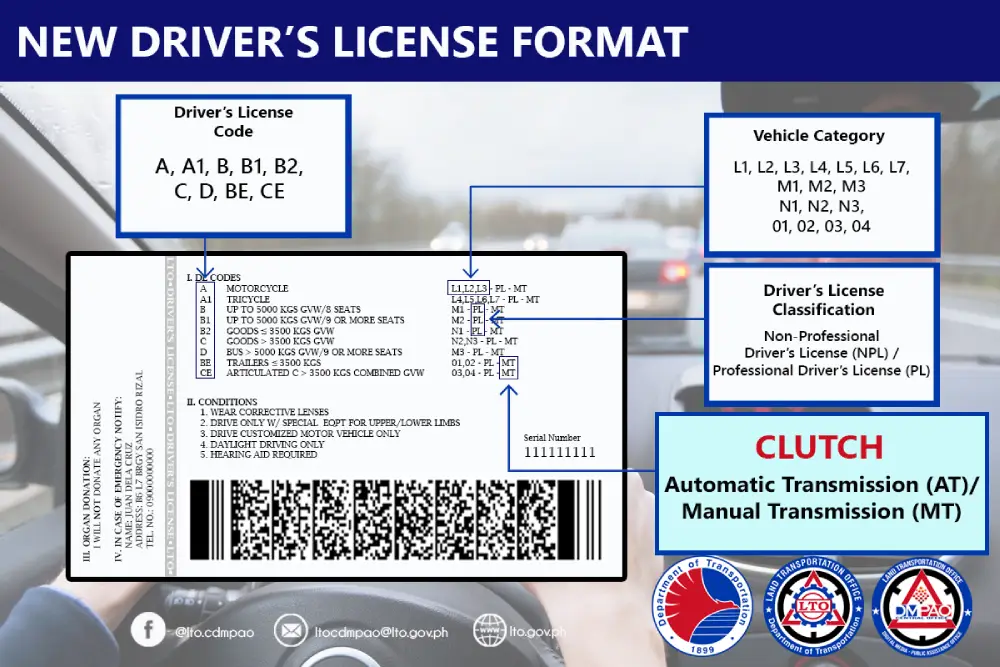
3. Can I convert an NPL to professional driver’s license?
Yes, you can convert it to a professional one after six (6) months if you have DL codes A, and A1 only. If you have DL codes B, B1, and B2, you can change the license classification one year after the issuance of your NPL.
4. Can I drive a yellow-plated vehicle with a non-professional driver’s license?
The answer is no. Even if you are driving a yellow-plated vehicle for personal use, enforcers will assume that you are “pumapasada” or operating a vehicle for commercial purposes. Therefore, if you own a yellow-plated vehicle, changing your license classification to professional or changing your plate color to white is much safer.
5. How to know if my driver’s license is authentic and not fake?
If you applied for your driver’s license on your own, you can be assured that it is 100% genuine. However, if you used a fixer to obtain your license and did not require a personal appearance, it is most likely a fake or “talahib” license. If caught with a fake license, you will be fined ₱3,000 and banned from applying for a legitimate license for one year. Additionally, the vehicle that the fake license holder is driving when caught may also be impounded.
6. Can a student permit be considered a driver’s license?
No. A student permit is not a license. As its name implies, it is just a permit. It only allows you to drive a vehicle with the guidance of a non-professional or a professional driver’s license holder.
Summary
Getting a driver’s license today is not as easy and cheap as it used to be. However, this also means that it is more beneficial for both drivers and pedestrians. New drivers are now more screened and educated on the road rules and regulations, making them more disciplined and safe drivers.
If you are determined to get your license, you can do it without resorting to fixers. Although it is costly, you can take advantage of the free TDC and PDC offered by LTO. By reading and following this guide, you will have a smoother experience because you will know what to expect. Hopefully, you will become a responsible and good driver who will contribute to the positive change in the driving culture in this country.

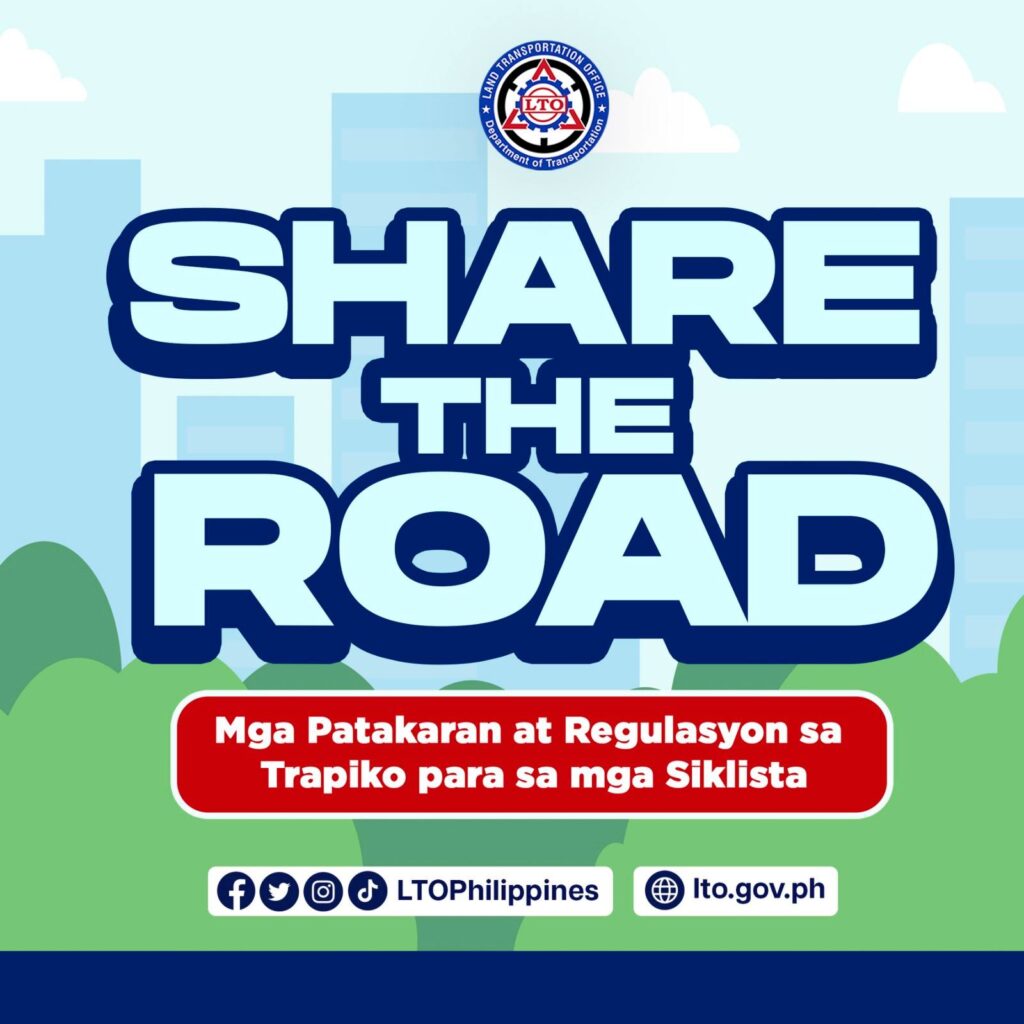
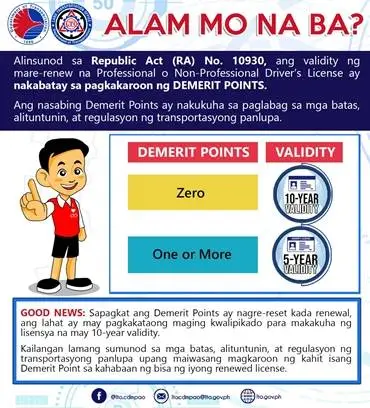
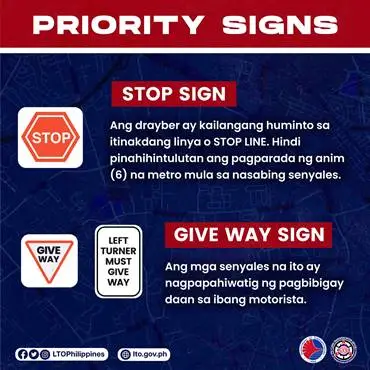
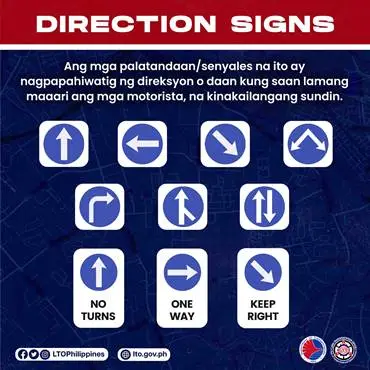
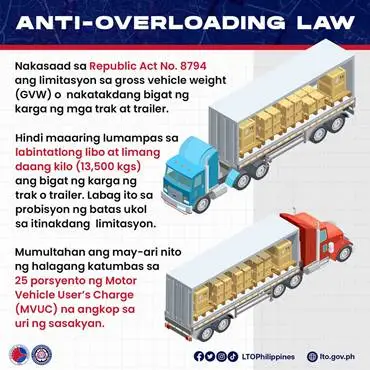
Student permit
May online poba ang student permit